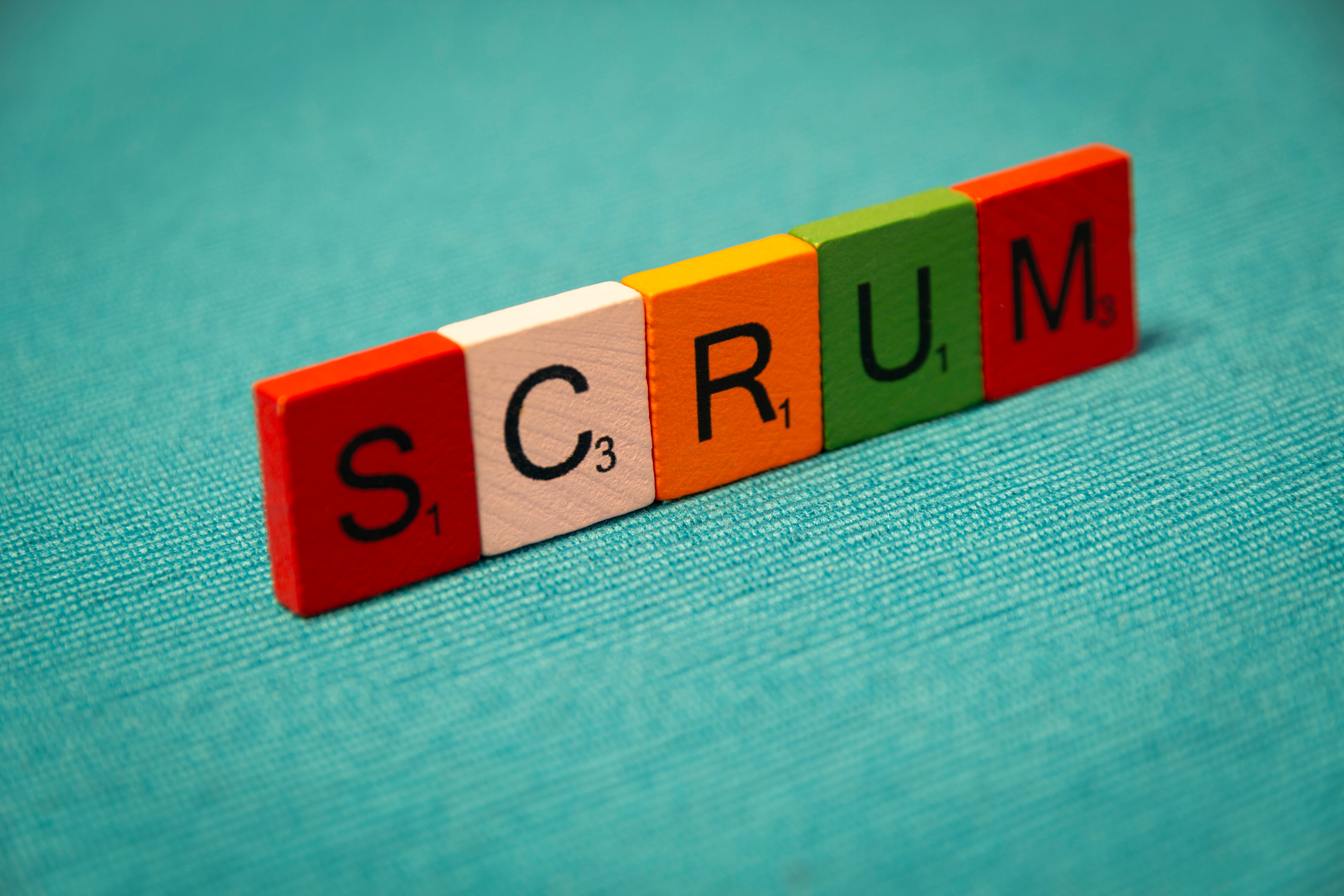A Closer Look at the Scrum Framework
The Scrum framework is one of the most popular methodologies in Agile project management. It boosts versatility, collaboration, and fosters a culture that adapts to improvements. Scrum decomposes tasks into manageable pieces, allowing teams to deliver value through effective deliverables. This methodology centers around three core components: artifacts, events, and roles. Let’s take a closer look at each.
Artifacts in Scrum
Scrum artifacts represent work or value delivered and provide visibility to all stakeholders. The three major artifacts are:
- Product Backlog
The Product Backlog is an active list that includes every task, feature, and requirement needed for the final product. It is maintained by the Product Owner and is kept flexible to accommodate evolving project requirements. This allows for the prioritization of tasks based on what needs to be done next.
- Sprint Backlog
The Sprint Backlog is derived from the Product Backlog and consists of tasks chosen for a specific sprint. It includes a detailed plan outlining how the team will complete these tasks during the sprint period.
- Increment
The Increment is the tangible output of each sprint—a usable and potentially shippable product. Each increment builds on the previous one, gradually bringing the project closer to completion.
Events in Scrum
Scrum events promote collaboration, continuous inspection, and create a predictable flow. These ceremonies include:
- Sprint
A time-boxed period (usually 1-4 weeks) during which the team works to complete the selected tasks from the Sprint Backlog.
- Sprint Planning
A meeting held at the beginning of each sprint where the Scrum Team determines what work can be delivered and how it will be accomplished.
- Daily Scrum
A short daily meeting (typically 15 minutes) where the team reviews progress, discusses obstacles, and plans for the day ahead.
- Sprint Review
At the end of the sprint, the team demonstrates the increment to stakeholders, gathering feedback to refine the future backlogs.
- Sprint Retrospective
A reflective meeting where the team assesses what went well, what didn’t, and how they can improve in the next sprint.
Roles in Scrum
Scrum defines specific roles to ensure accountability and clarity:
- Product Owner
The Product Owner represents the stakeholders and customers. They prioritize the Product Backlog, ensuring that the team works on tasks that yield the maximum value.
- Scrum Master
The Scrum Master is a facilitator who ensures that the team adheres to Scrum principles. They remove impediments and foster an environment conducive to productivity.
- Development Team
This cross-functional group is responsible for delivering the increment. They are self-organizing and are tasked with planning, executing, and meeting the goals of the sprint.
Why Scrum Works ?
Scrum thrives on the pillars of transparency, inspection, and adaptation. These principles empower teams to respond to changes effectively and maintain consistent progress. By leveraging clear roles, structured events, and essential artifacts, Scrum fosters collaboration, minimizes risks, and drives successful project outcomes.
Conclusion
Whether a project involves software development or non-tech initiatives, the Scrum framework offers a flexible and effective way to handle complex challenges. As a cornerstone of Agile methodologies, it provides a structured yet adaptable approach to delivering high-value results.
